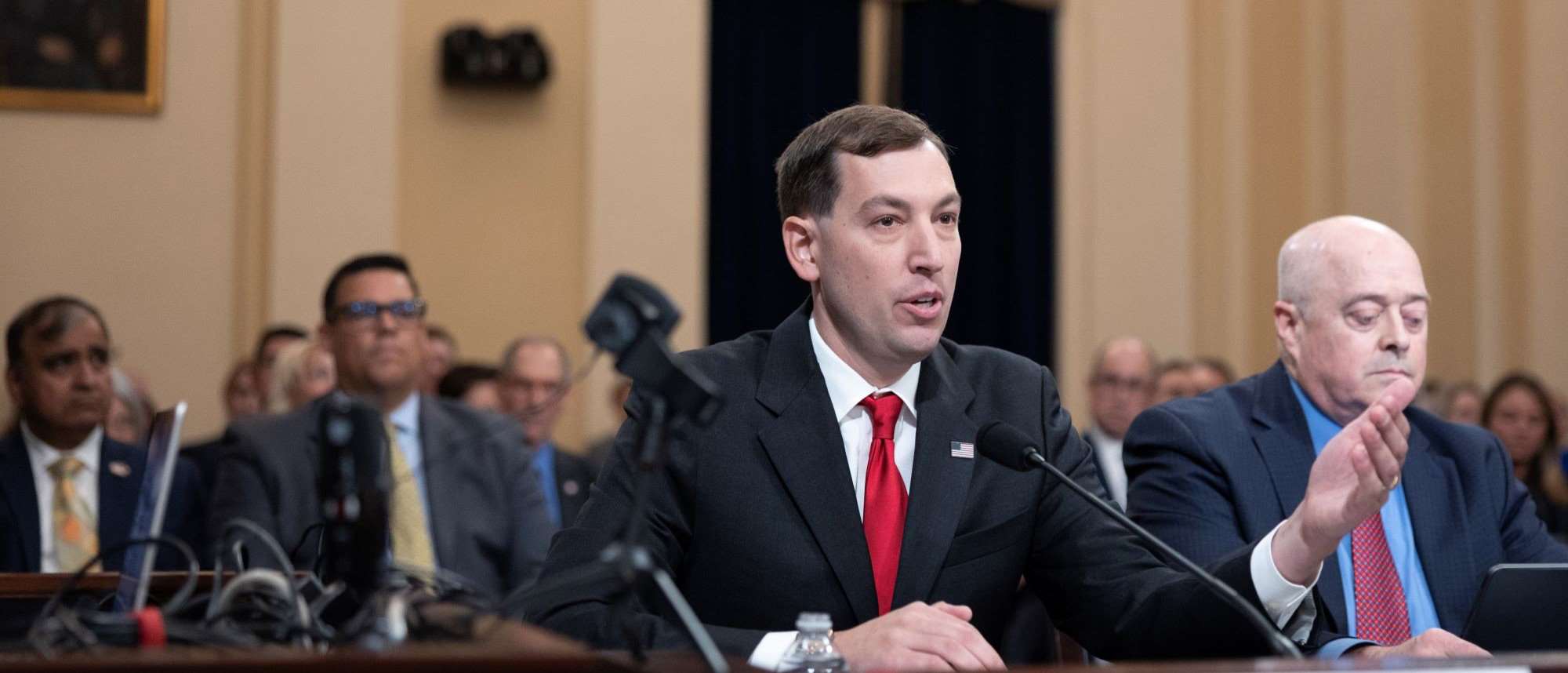Getting the Message out about COVID-19
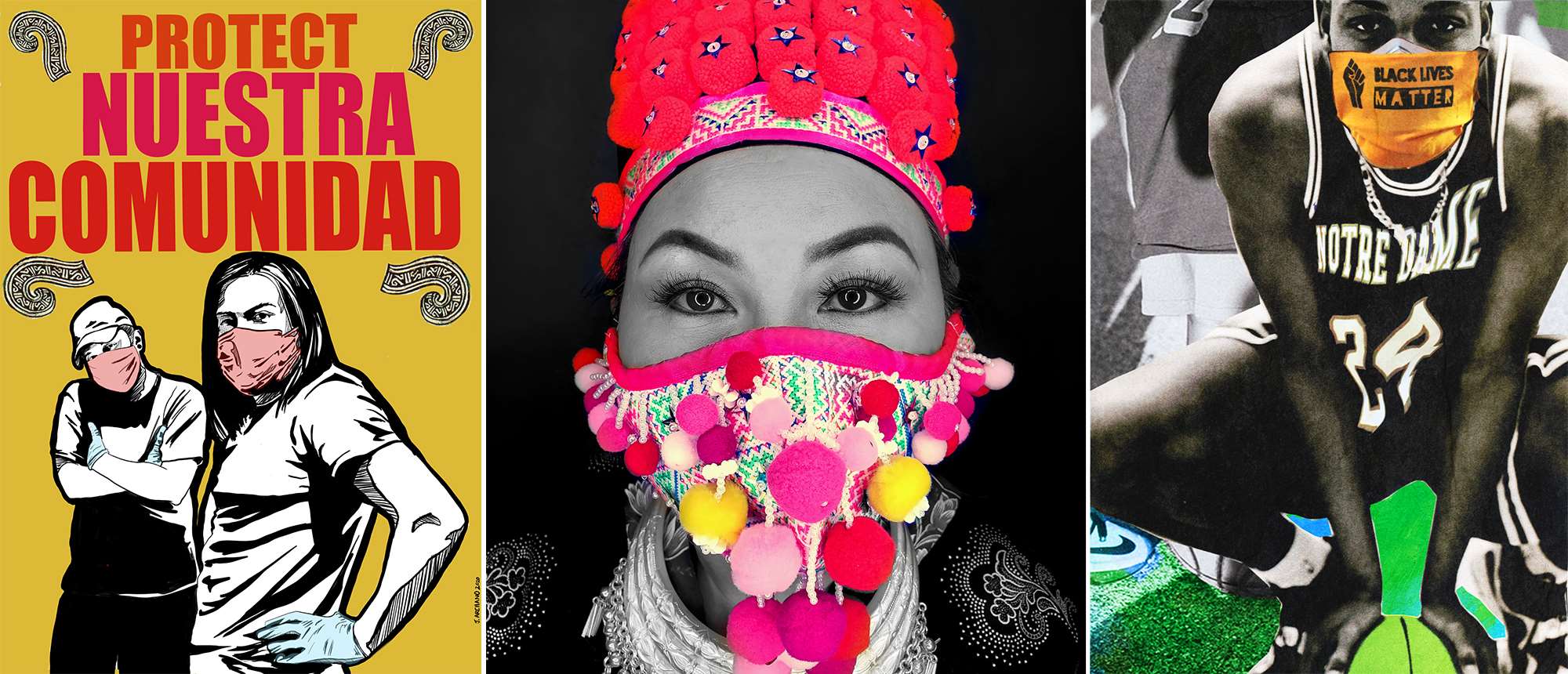
When tailor Tou Fong Lee opened Outkast Alterations in Menomonee Falls, Wisconsin, it became the state’s first Hmong and LGBTQIA business, with a focus on creating safe and inclusive spaces. And now Lee is working on a new project.
Lee is using traditional Hmong textiles to design masks, each tells a story of non-binary and gender inclusivity. The masks, which are brightly colored and incorporate shapes and other items that are emblematic of the Hmong’s fighting spirit, convey a critical message to the community: If Hmong communities around the world wish to survive, they must protect not only the culture, but each other by wearing masks.
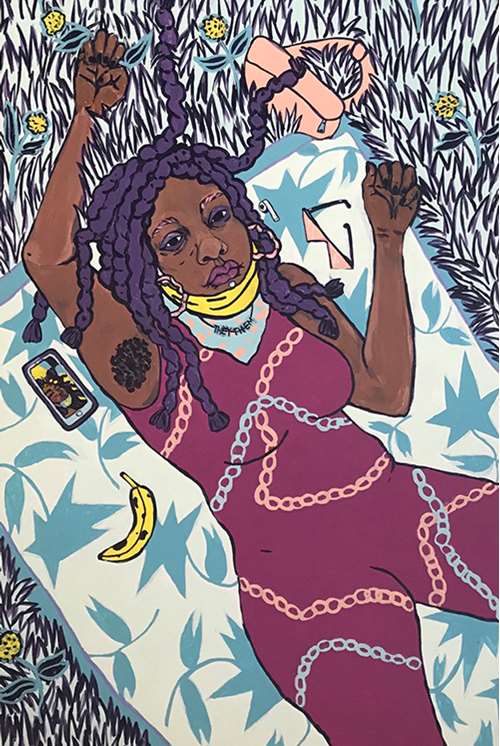 It’s no secret; COVID-19 has had a disproportionate impact on communities of color in Milwaukee and elsewhere. In Milwaukee County, the virus has killed more than 640 people since March, the majority of whom were people of color.
It’s no secret; COVID-19 has had a disproportionate impact on communities of color in Milwaukee and elsewhere. In Milwaukee County, the virus has killed more than 640 people since March, the majority of whom were people of color.
That has created an urgent need to reach those populations with public health messages such as Lee’s – messages that will resonate with them, says Katinka Hooyer, PhD, MS, a medical anthropologist and assistant professor at the Medical College of Wisconsin (MCW).
“We need to convey social distancing, masking, hand-washing and other health actions as a collective action in culturally relevant ways,” Dr. Hooyer says.
Out of this need was borne the Creative Health Collective, a collaboration that brings together MCW, the Milwaukee Health Department, other health professionals, the Milwaukee County Office of African American Affairs, community health workers and local artists like Lee to help stop the spread of the novel coronavirus.
The project, which was funded through an Advancing a Healthier Wisconsin COVID-19 rapid-response grant, highlights the importance of creating and sharing nontraditional and culturally significant messages that connect with its vulnerable populations – communities of color in Milwaukee.
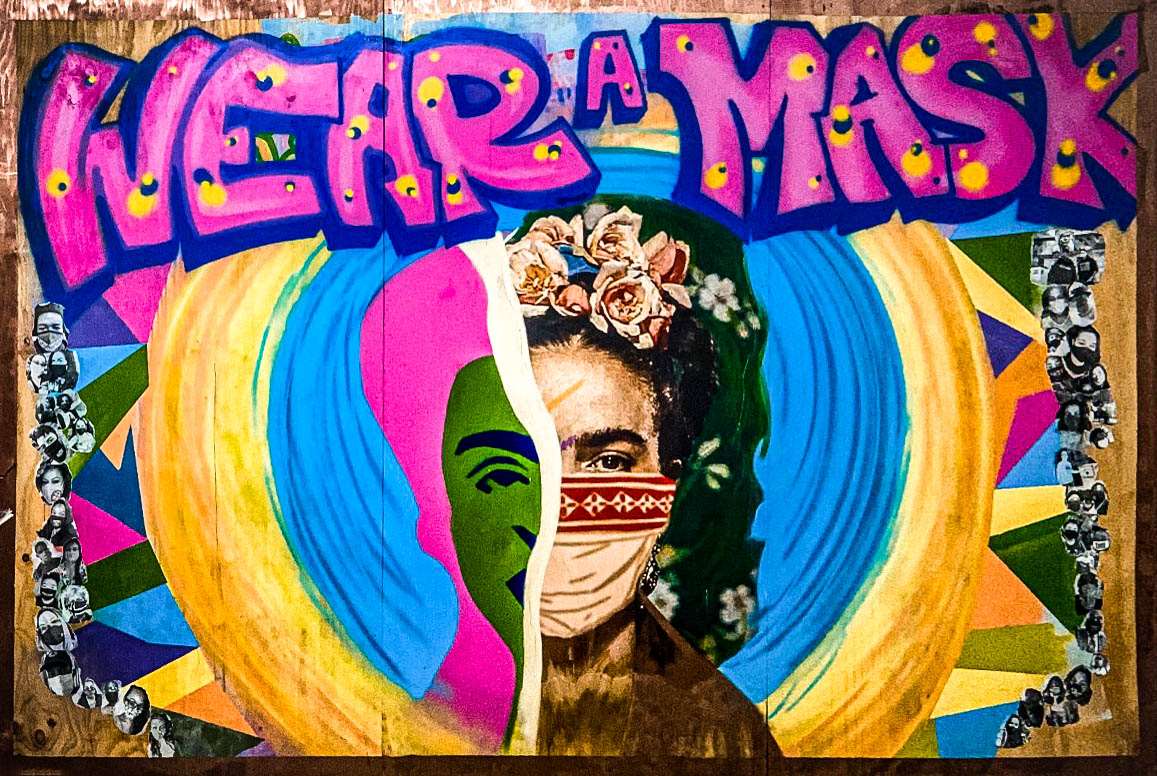
The messages, which are shared through clothing, murals, music and various other forms of art, are being designed by artists, creatives and community activists. The idea is to include those individuals at the ground level and for the messages to get out into the community through them.
“A familiar and trusting face from the community will have a better impact than a physician or government official,” Dr. Hooyer says. “They embody these experiences, and they know what cultural icons, symbols, phrases and practices will rally people to take action to stop the spread of COVID-19. In many ways, their cultural pride is the message.”
Along with adapting basic health messaging around COVID-19, the artists and creatives are also weaving in what they feel are the most critical issues in the community that intersect with the coronavirus, such as race, health, gender and activism.
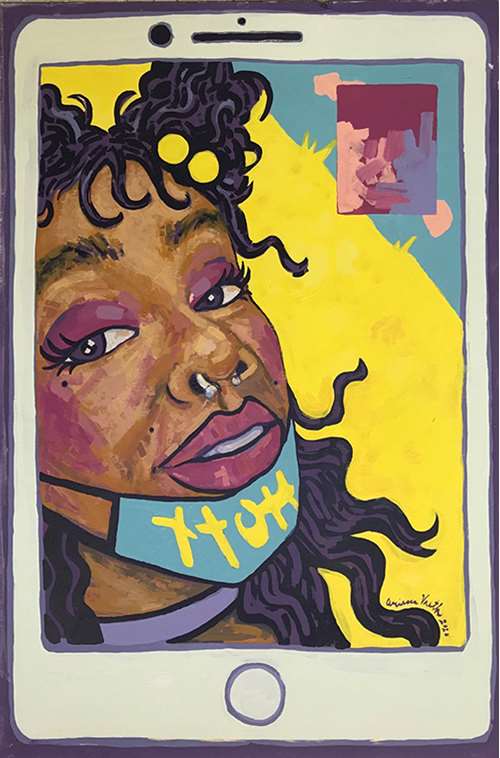 Two emerging Black artists and best friends, Ariana Vaeth, a recent Mary L. Nohl fellowship recipient, and LaNia Sproles, a teaching artist in residence at Lyndon Sculpture Garden, are working together on a project that uplifts transgender activism during COVID. Their goal is to highlight how the Black community has come together to support each other and stay connected despite all the public health restrictions. Jeanette Arrelano, a Milwaukee-based Latinx activist artist, is focusing on the plight of the essential worker and the disproportionate risk they have taken to sustain their families during the pandemic.
Two emerging Black artists and best friends, Ariana Vaeth, a recent Mary L. Nohl fellowship recipient, and LaNia Sproles, a teaching artist in residence at Lyndon Sculpture Garden, are working together on a project that uplifts transgender activism during COVID. Their goal is to highlight how the Black community has come together to support each other and stay connected despite all the public health restrictions. Jeanette Arrelano, a Milwaukee-based Latinx activist artist, is focusing on the plight of the essential worker and the disproportionate risk they have taken to sustain their families during the pandemic.
Kristelle M. Urich, a spiritual and contemporary artist with Oneida Turtle Clan roots, created pavement stencils that feature multi-ethnic masked faces carrying messages such as “protect our elders,” and “cuidando a mi gente.” Another project created by multidisciplinary Black artist Tay Butler is a collage featuring Milwaukee’s basketball greats and games at the park with people masked up. These murals are installed at County and City basketball courts.
Other artists include Latinx community activist and leader Enrique Muguia; multidisciplinary artist and member of the Bad River Band of Lake Superior Chippewa, Valaria Tatera; recent high school graduate and Hmong artist Chong Lee; and musician and educator Wade Fernandez from the Menominee Nation.
Taken together, says Dr. Hooyer, “The artists are using familiar and revered cultural icons and symbols to translate the importance of masking up and social distancing.”
The project involves three tiers of messaging, according to Dr. Hooyer. The first includes culturally tailored translations of public health messaging by local marketing firms using traditional outlets such as billboards, radio and TV ads. The second tier involves more nontraditional messaging designed by local artists, including a COVID-19 hip-hop song, “Mask on it” which will be crowdsourced to allow other artists to add lyrics, murals, pavement stencils, protest banners, and music videos. The third tier of the project involves having community health workers and activists take the messaging out into the community while providing their COVID-19 related support services.
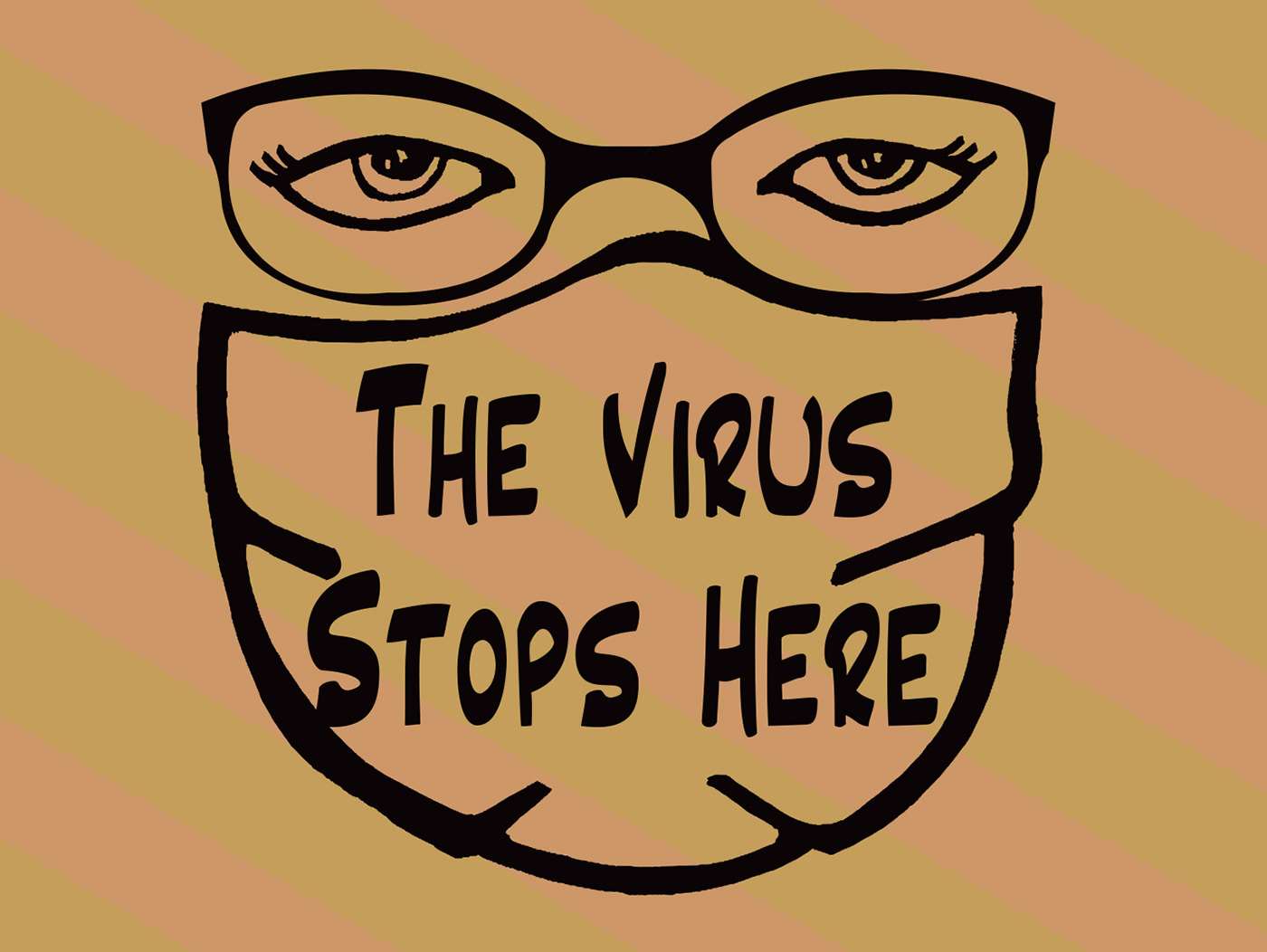
Dr. Hooyer believes the project highlights how important collaboration with communities is when addressing critical issues such as COVID-19.
“Most successful designs depend on subject matter experts, and community members are the experts of their own experiences,” she notes. “It sounds simple, and it is – we can’t design for the people without the people.”



